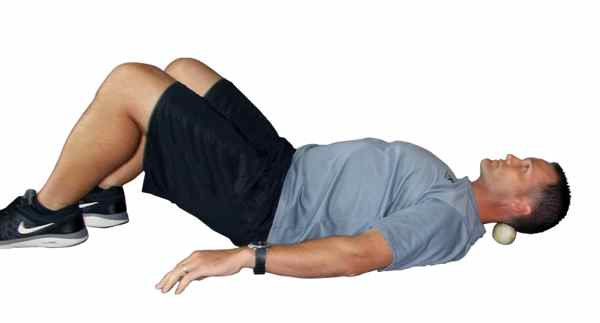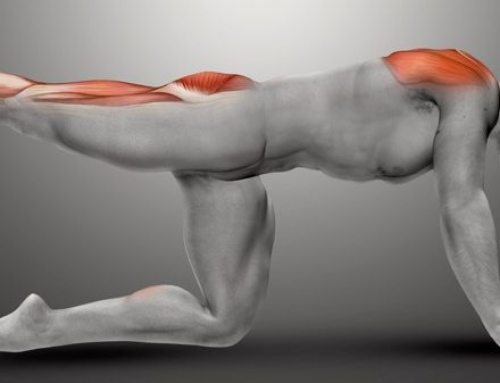
By Brian Schiff
Many workers today are confined to a desk where they likely spend many hours staring at a computer screen and typing on a keyboard. These repetitive tasks coupled with poor posture lead to muscle tightness, stiffness, and diminished flexibility. Overloading the soft tissue in poor positions may create tension headaches, neck, back and shoulder pain, weakness, and even altered movement mechanics.
It is common to adopt a forward head posture and rounded shoulders while writing or typing when sitting at a desk for hours on end. A forward head increases strain on the cervical spine and improper screen height can contribute to mechanical overload on the discs. Maintaining elevated shoulder blades (hunched shoulders) creates additional muscle tension.
Poor sitting posture also contributes to shoulder pain by closing down the space the rotator cuff occupies. Slouching is a no-no as it causes undue load on the discs in the lumbar spine while imposing stretch weakness on the muscles that run along the spine and shortening the hip flexors. In time, the muscles, tendons, and ligaments will undergo adaptive shortening.
Keep in mind the brain always chooses the path of least resistance when it comes to posture and movement. Therefore, we must actively move and stretch out of undesirable postures that tend to come with the modern workplace. Taking a break no less than once per hour from static positions is recommended in order to minimize the effects gravity has on body alignment.
The following stretches and exercises are helpful in reducing tightness and warding off injury:
- Sub-occipital self myofascial release – Wrap two tennis balls together using athletic tape and position them just below the base of the skull lying flat on the floor. Lie quietly for two to three minutes or gently roll up and down to release tightness in this region. For those who get frequent tension headaches, this technique may be particularly helpful.
- Upper trapezius stretch – Position the right hand lightly on the head. Next, slowly pull the head to the right while simultaneously pushing an extended left arm toward the floor. Hold for 10 seconds and repeat twice. Switch hands and repeat on the other side.
- Levator scapulae stretch – Turn the head as if to look into the right armpit. Gently pull the head down until a comfortable stretch is felt along the left side of the neck. Hold for 10 seconds and repeat twice. Switch hands and repeat on the other side.
- Overhead extensions – Place the arms overhead in a Y position and push the hips forward while extending as far back as possible. Repeat 10 times. If balance is a concern, place the hands on the hips instead.
These exercises can be done daily. Numbers 2-4 can easily be performed once per hour in standing to purposely get up from the desk and give the body a break from its normal posture. These activities should not cause pain. Incorporating them into your daily work schedule will dramatically reduce muscle tension and improve posture/alignment.
# # #
Brian Schiff, PT,CSCS is a sports physical therapist and supervisor at the Athletic Performance Center in Raleigh. The APC in Raleigh and Cary currently offer a RunSmart Assessment available in group and individual formats. For more information, visit www.apcraleigh.com or www.apccary.com.





